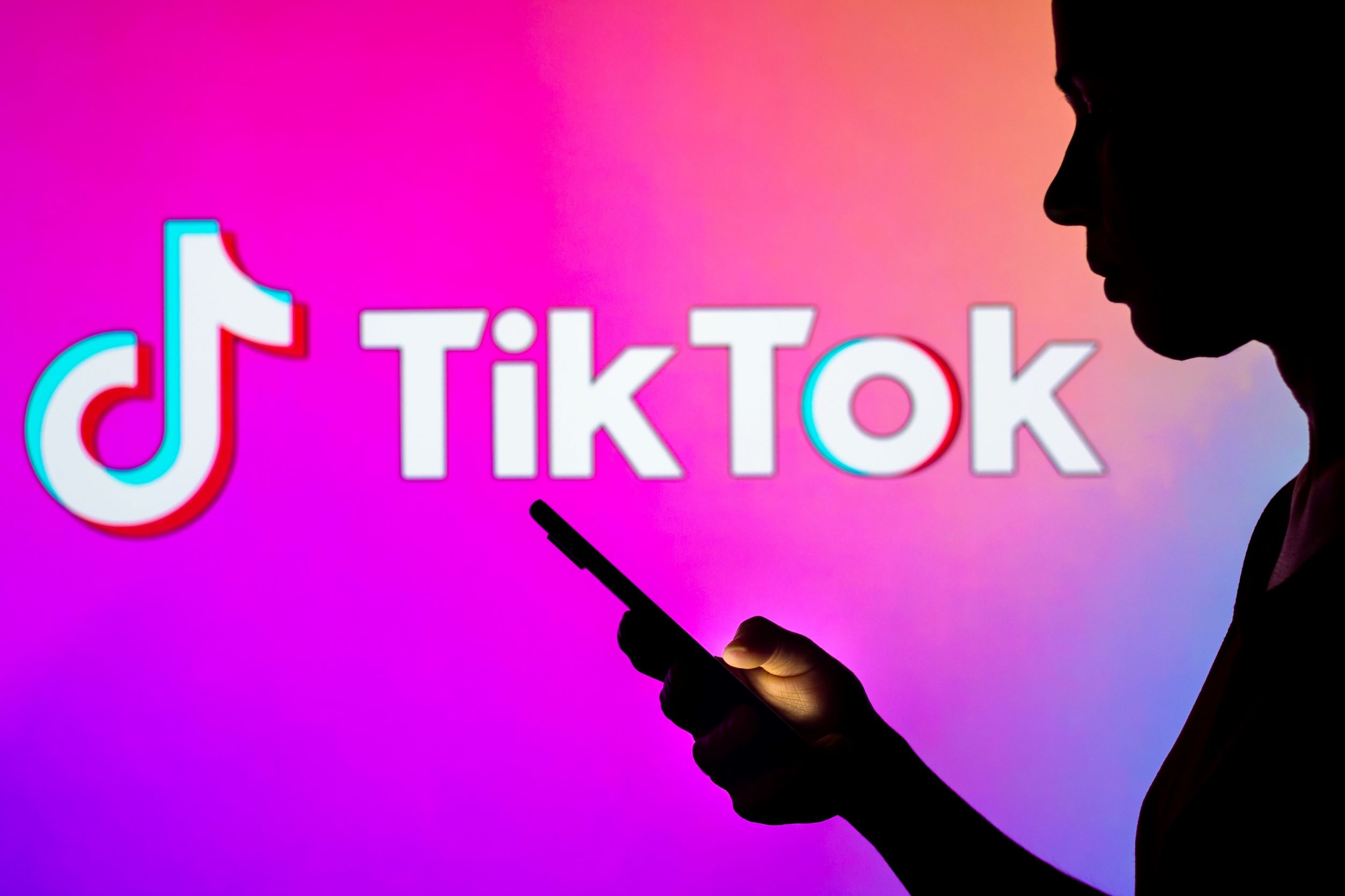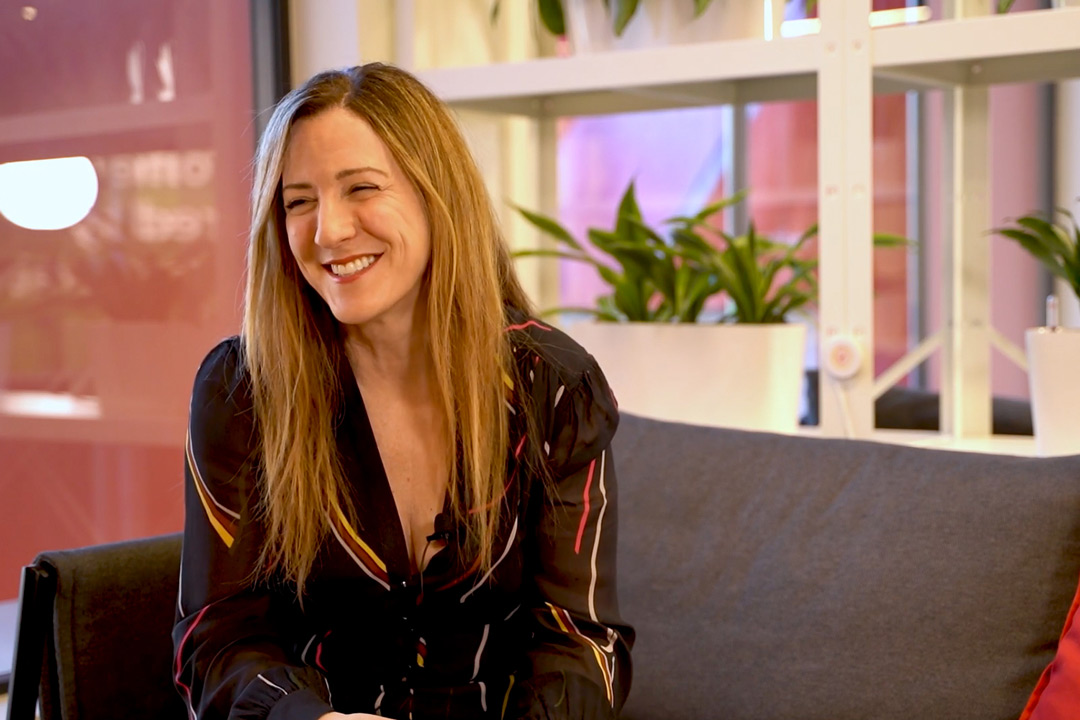Parents are increasingly worried that young people are living in an algorithm-generated bubble. We explore where our children are learning about what’s going on in the world and what that means.
Where do you get your news? If you’re of a certain generation, maybe you still get a newspaper posted through the letter box. If you’re a little more… with it, perhaps you now subscribe online, or tune into the radio in your lunch break.
But if you’re a teenager, you probably just open up a social media or streaming video app.
Ofcom data suggests Instagram and TikTok have replaced BBC One and BBC Two as the most popular news sources among kids aged 12-15. Around 7% of adults now use TikTok for news, too, up from 1% in 2020, and that increase has largely been driven by adults aged 16 to 24.
This not only raises questions about how we all learn about the world and current affairs. But also whether teenagers are being fed a diet of biased and unbalanced views and how they can distinguish between fake news and the real deal.
Teaching your kids to question what they see online, on TV and in the papers
On Safer Internet Day, we give parents tips on how to protect kids against dodgy TikTok videos, Facebook conspiracy theories, fake news and unreliable social media influencers.
“Social media platforms are full of questionable material, from rumours and inaccurate information to outright lies and so-called ‘fake news’,” says Lorena Taboas from Common Sense Media, an organisation that helps families make informed choices about media and technology.
“Parents and educators should show children how to get news and information from different places and make them aware of bias, satire, and clickbait.”
According to Ofcom, those who consume news on TikTok are most likely to get it from people they follow or ‘news influencers’ (44%), followed by friends and family (32%), rather than the feeds of news organisations (24%).
The fog of war
When Russia invaded Ukraine in February 2022, the problems with getting your news this way became very clear, very quickly.
Within a month, videos tagged #Ukraine had reached 30.5 billion views. TikTok became such a powerful and prominent source of news that the invasion quickly became known as “the TikTok war”.
But the reliability of these videos soon came into question.
Film footage from elsewhere in the world, and even from the past, were passed off as current war footage. Some sequences even came from video games.
Then it was revealed that Russian state-controlled media outlets were using TikTok to spread disinformation.
Whether it’s on purpose (disinformation, as in the case of government propaganda machines) or by accident (misinformation, when young people repost un-fact-checked videos) there’s an awful lot of inaccurate, hyped or factually flawed news reports out there.
Filter bubble
Then there’s the algorithm.
“Like a game of ‘Chinese whispers’ where the accuracy of a statement fades each time it’s repeated, truth on social media can break down quickly,” says Ms Taboas.
“Despite this, algorithms push all types of trending content to the top of feeds.”
TikTok also makes personalised recommendations for each user, flagging content linked to their interests. So your teen might be fed a limited diet of news – just videos similar to what they’ve previously watched or ‘liked’.
How to help your kids spot fake news online
From coronavirus to 5G, here are the fake news dangers affecting kids now - and how to protect them.
But it’s not all bad news.
“Many news organisations, such as the BBC, Sky and ITV, are all now on TikTok, meaning that in times of uncertainty, young people do have trusted sources to turn to on their favourite platforms,” says Matilda Head, 21, whose own TikTok news feed @matildasnewsroom has had over 1.5 million likes.
“Personally, I ensure the videos I make are unbiased, and many other news content creators I know follow these rules as if we were producing content for traditional papers and sources.”
And, to her mind, the benefits of TikTok news outweigh the negatives: “The increase of individual journalists and news content creators on TikTok meant that the traditional media organisations began to take the platform seriously, and moved to the platform themselves.
“This has allowed young people to stay informed in a way that is accessible and appealing to them.
“The motivation behind my account was always to bring news to audiences that may not usually consume it through traditional platforms, such as newspapers or turning on the TV news, and the format of TikTok means this information can be given quickly – normally each video is under 60 seconds.”
Social media on trial: Who's protecting our kids?
The Channel 4 drama I Am Ruth, starring Kate Winslet and her daughter Mia Threapleton, shone a light on the damage to teenagers' mental health an obsession with social media can wreak. We explore what more social media companies - and Government - should be doing to protect our children.
Ms Head has advice for young people looking for news on TikTok.
“Make sure you check the feed of the creator to see if a video is recent or not. Be inquisitive, if some news has appeared on your ‘For You’ page, have a look at the profile of the creator and check if it’s coming from someone who frequently creates news content or a media organisation.
“Many excellent journalists create news content on the platform, such as Max Foster from CNN, Victoria Derbyshire from the BBC, and Sophia Smith Galer.
“I post on my account @matildasnewsroom as much as possible, and try to keep the content accessible, encouraging questions and engagement with content.”
Ms Taboas, of Common Sense Media, steers people towards three key rules:
1. Read closely. Does it make sense? Is it believable?
“Identify the main idea by analysing the text features and webpage and by reading the text. Take note of anything that is surprising or hard to believe or that gives you a strong emotional reaction.”
2. Analyse the source. Does it come from a credible, unbiased source?
“Find out information about who posted the content by exploring their page and searching the web.”
3. Look for corroboration. Do other credible sources say the same thing?
“See if the main idea and key points of the post are also reported by other credible sites.”
Armed with these strategies your teen might not only become more digitally savvy than you – sorting the fake from the factual with ease. They might even – whisper it – be better informed, too.
Stay up-to-date with the latest news and features from Vodafone by following us on Twitter and signing up for News Centre website notifications.

![Young woman waiting for job interview indoors [Adobe Stock] stock image of a young woman waiting for job interview indoors](https://www.vodafone.co.uk/newscentre/app/uploads/2024/06/2-Young-woman-waiting-for-job-interview-indoorsAdobe-Stock.jpg)

![black and white photo of a girl's face with smoke [Adobe Stock] an AI-generated stock image of a girl's face partially covered in smoke](https://www.vodafone.co.uk/newscentre/app/uploads/2024/05/black-and-white-photo-of-a-girls-face-with-smoke-Adobe-Stock.jpg)

![girl smiling confident voting at electoral college [Adobe Stock] stock photo of a girl smiling while confidently voting at a mock election](https://www.vodafone.co.uk/newscentre/app/uploads/2024/05/girl-smiling-confident-voting-at-electoral-college-Adobe-Stock.jpg)




![Portrait of school age boy sitting at kitchen table do not want to eat[Adobe Stock] stock photo of a young boy sitting at a kitchen table, refusing to eat the food in front of him](https://www.vodafone.co.uk/newscentre/app/uploads/2024/03/Portrait-of-school-age-boy-sitting-at-kitchen-table-do-not-want-to-eatAdobe-Stock.jpg)